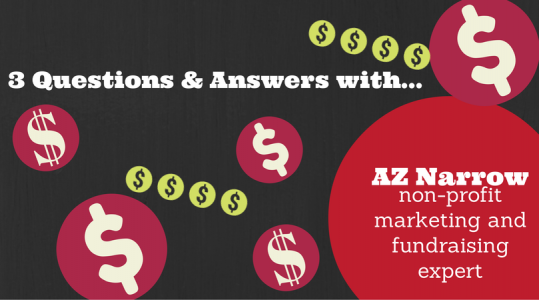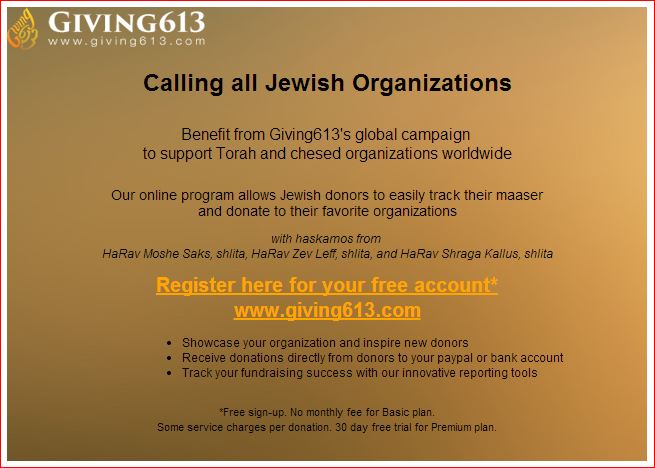
1) Where can I get a great Orthodox Jewish donor telemarketing list?
Good telemarketing lists are hard to come by. For mailing lists, list owners usually don’t give their list directly to the renter; they send the list to the mailing house, and the renting organization never gets their hands on their donor names (except those who respond).
That won’t work with phone lists; the renting organization must work the list directly, and many organizations are loathe to expose the names of their donors.
There is a work around, but it’s not great: purchase a residential phone list from a provider of consumer lists. Have them filter the list for Jewish surnames, and purchase only the zip codes with a significant Orthodox population. Again, it’s not great, but it’s definitely better than nothing.
The best solution is homemade: borrow a list from a similar organization where you have some friends in high places. Perhaps a swap arrangement or commission will make the loan more palatable to the list owner.
2) How can I improve this email?
Giving613 helps donors donate to worthy Jewish charities around the world, and in particular in Israel. They asked me to critique an early draft of their first email blast. You can view the original below along with my critique:
Replace the headline: The existing headline lacks punch, makes no offer and promises no benefit. Build a stronger headline from one of the benefits found lower in the email (see next suggestion).
Highlight the benefits: The main benefit appears in a wordy second paragraph. A number of benefits are listed in small bullets at the bottom of the email. All should be front and center in a larger font. Haskamos are seldom needed, and almost never need to appear prominently.
Sharpen: To refine it further, I’d strongly suggest having a professional copywriter sharpen the text. Direct response copywriting is something of an art…
Note one important rule about email solicitations: research shows consistently that the decision to respond occurs on the landing page, not in the email. Sophisticated emailers prefer shorter emails and longer landing pages. The length of this email is probably about right.
(Thanks to Giving613 for allowing their email to be put under the public microscope. For more information, visit Giving613.org)

3) How do I know if my annual direct mail campaign is worth continuing?
A complete answer would require deeper knowledge about the campaign’s history: average response rates, average donation amounts, and the campaigns’ ROI. The on-one-foot answer is as follows: The health of the campaign depends largely on the health of the list. If the list is responsive in other channels or is generally up-to-date and healthy, poor mailing results probably reflect a weak mailing package. If the list quality has deteriorated, no mailing package will be successful.
If the campaign is at or near financial break-even (or better), it’s probably worth continuing and can be rejuvenated, for example, through better list segmentation or a stronger mailing package. If returns and responses are consistently poor for many years, you probably need to invest in updating or revitalizing the donor list.
A well-executed mail campaign may be a source of new donors or an additional means of engaging existing donors.
Aryeh Zev Narrow, formerly a non-profit marketing communications consultant, is now the director of Simchas Hachaim Publishing, the official publisher of Rabbi Avigdor Miller’s books and lectures. He no longer accepts private clients, but gladly shares his advice and critiques with Jewish organizations through this column or by email (on an as-available basis at no cost). Send your questions to az@aznarrow.com.



















